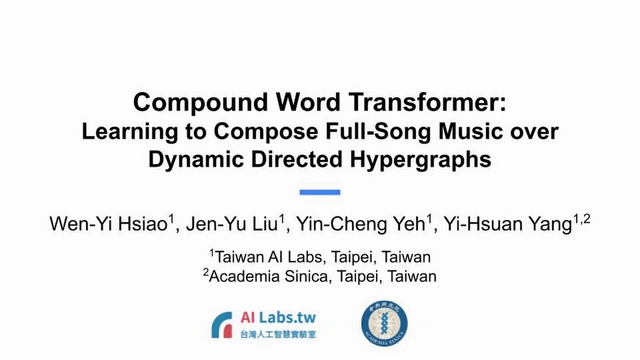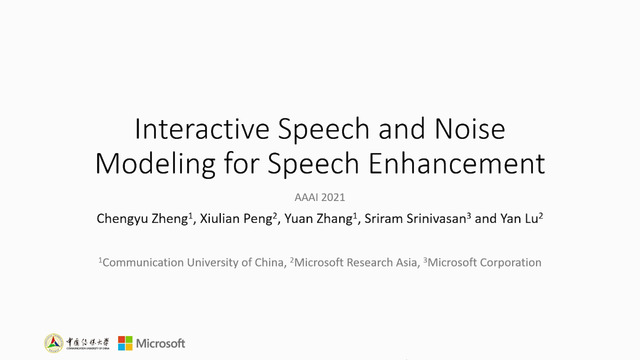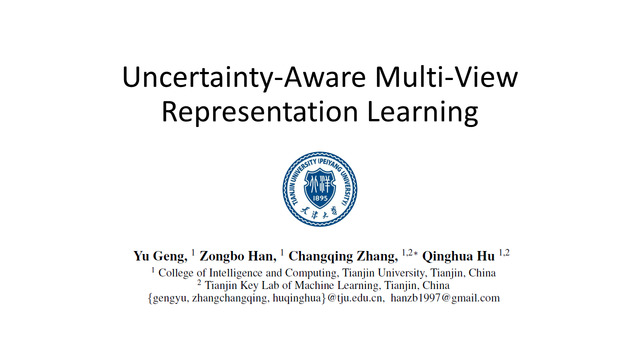Abstract:
This paper describes a statistical music structure analysis method that splits an audio signal of popular music into musically meaningful sections at the beat level and classifies them into predefined categories such as intro, verse, and chorus, where beat times are assumed to be estimated in advance. A basic approach to this task is to train a recurrent neural network (e.g., long short-term memory (LSTM) network) that directly predicts section labels from acoustic features. This approach, however, suffers from frequent musically unnatural label switching because the homogeneity, repetitiveness, and duration regularity of musical sections are hard to represent explicitly in the network architecture. To solve this problem, we formulate a unified hidden semi-Markov model (HSMM) that represents the generative process of homogeneous mel-frequency cepstrum coefficients, repetitive chroma features, and mel spectra from section labels, where the emission probabilities of mel spectra are computed from the posterior probabilities of section labels predicted by an LSTM. Given these acoustic features, the most likely label sequence can be estimated with Viterbi decoding. The experimental results show that the proposed LSTM-HSMM hybrid model outperformed a conventional HSMM.









































